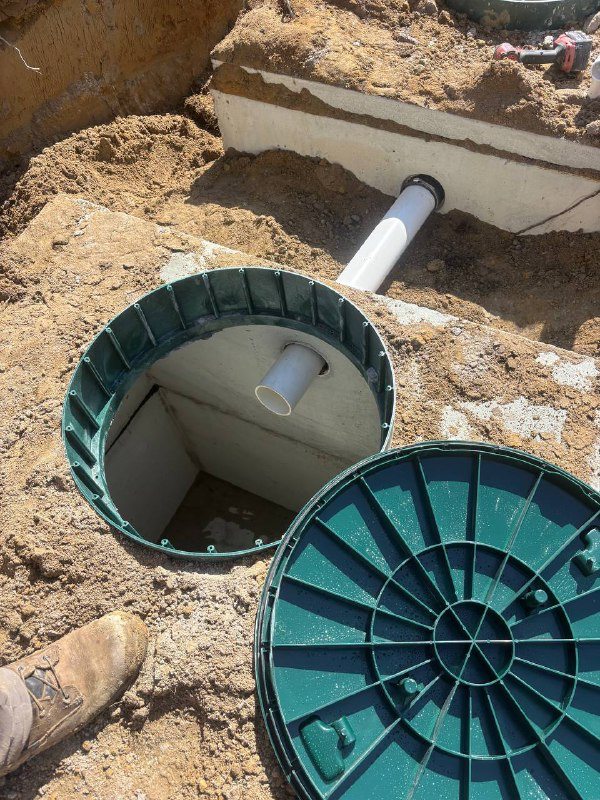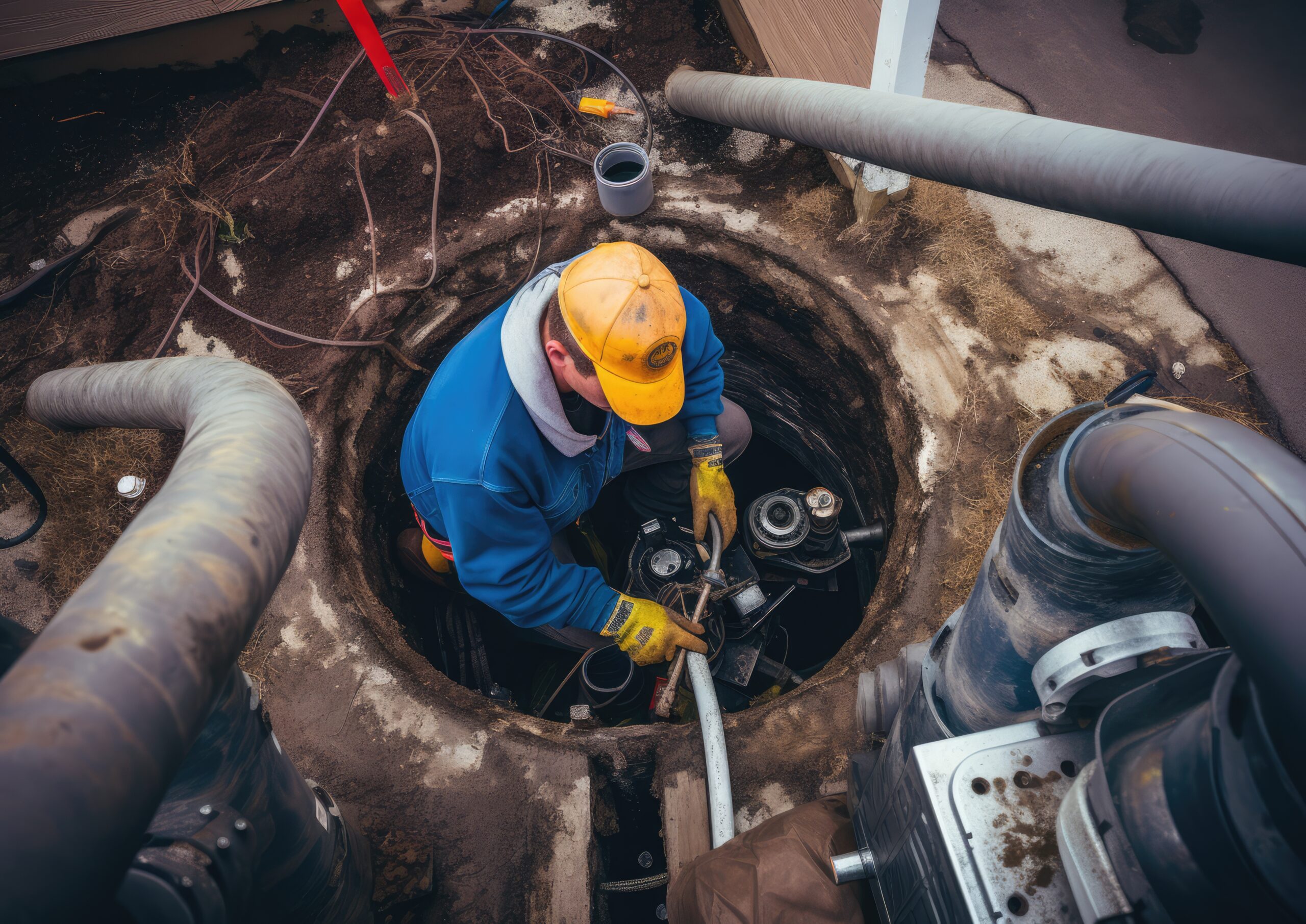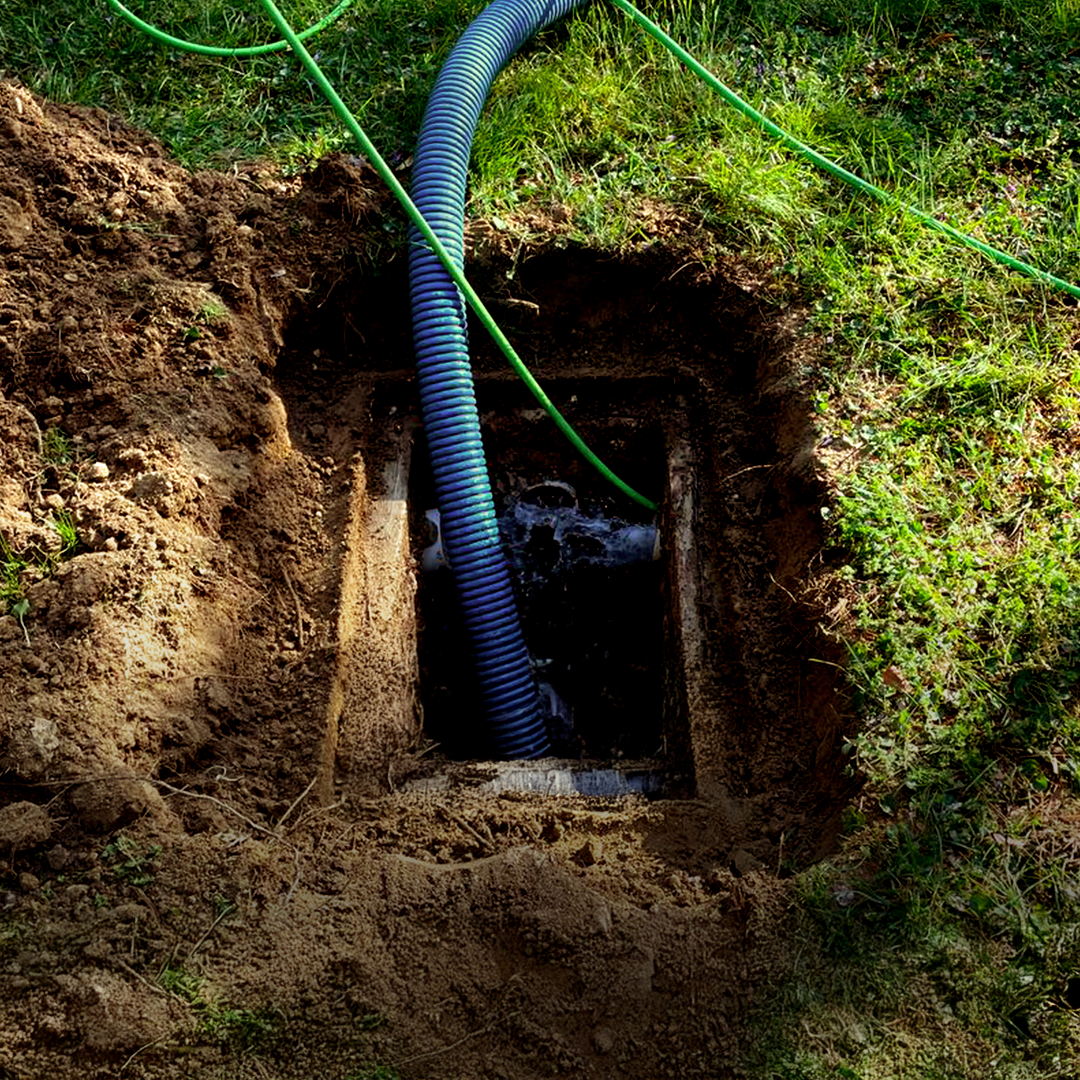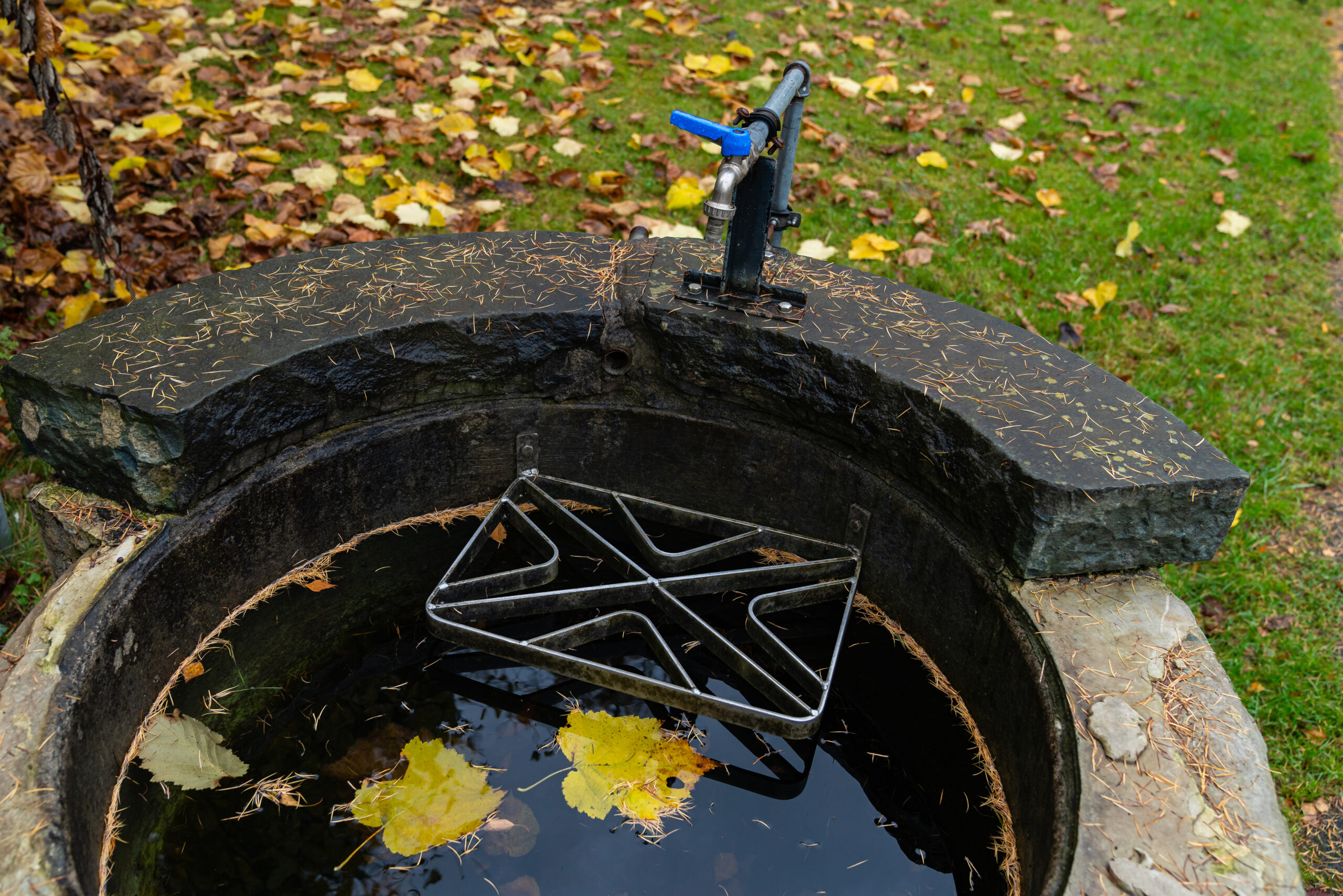So you’ve found the perfect piece of land for your dream home. The views are spectacular, the price is right, and you’re ready to make an offer. But hold on—before you sign anything, there’s one crucial question you need to answer: Can this property support a septic system? If you’re buying land in a rural area without access to municipal sewer lines, understanding septic system installation is essential.
Let’s walk through everything you need to know about installing a septic system on your new property, from initial testing to long-term maintenance.
Why Your Soil Matters More Than You Think
Here’s something most first-time land buyers don’t realize: not all dirt is created equal when it comes to septic systems. Before you fall in love with a property, you need to know if the soil can actually handle wastewater treatment. This is where the famous perc test comes in.
A percolation test, or perc test for short, determines how quickly water absorbs into your soil. Think of it as a health checkup for your land. A licensed professional will dig test holes, fill them with water, and measure how fast it drains. Sandy soils typically drain quickly, while clay-heavy soils can be problematic because they hold water like a sponge.
But soil texture is just the beginning. Your site evaluation will also examine the slope of your land, where your water table sits, and whether you’re dealing with any environmental constraints like floodplains or wetlands. Properties near streams, ponds, or wells require extra attention because you’ll need to maintain specific distances to prevent contamination.
Understanding Septic System Regulations in Your Area
Every county and municipality has its own rules about septic tank installation, and these regulations aren’t just bureaucratic red tape—they exist to protect groundwater and public health. Before you even think about breaking ground, you’ll need to navigate the permitting process.
Your local health department or environmental office will require a detailed application that includes your site evaluation results, proposed system design, and a maintenance plan. Some areas have strict septic system regulations about how far your system must be from wells, typically requiring at least 50 to 100 feet of separation. Property lines, water bodies, and even your neighbor’s well all factor into where you can place your system.
The good news is that once you understand the local requirements, the process becomes straightforward. Just don’t skip this step—unpermitted systems can result in hefty fines and might even prevent you from getting a certificate of occupancy when your home is finished.
Also Read: Planting and Landscaping around Septic Tanks and Drain Fields
How Much Space Do You Really Need?
Here’s a reality check: installing a septic tank and drain field requires more room than most people expect. You’re not just talking about a small tank buried in the backyard. A complete system includes the septic tank itself plus a drain field (also called a leach field) where treated wastewater disperses into the soil.
Most properties need at least 10,000 square feet of suitable land for the entire system, and that’s just for a standard three-bedroom home. Larger homes with more bedrooms require bigger absorption fields because they generate more wastewater. And here’s the kicker: you should also have space for a reserve drain field area in case your primary field fails years down the line.
When evaluating a property, make sure you’re not counting areas that are too steep, flood-prone, or have poor drainage. These spots won’t work for septic system installation, no matter how beautiful they are.
Choosing the Right System and Getting It Installed
Once you’ve confirmed your land can support a septic system, it’s time to figure out which type makes sense for your situation. The most common and affordable option is a conventional anaerobic system, which uses natural bacteria to break down waste. These typically cost between $3,600 and $12,000 to install, with most homeowners paying around $8,000.
The tank itself can be made from different materials. Plastic tanks run around $500 to $2,000 and are lightweight and rust-proof. Concrete tanks cost about $700 to $2,000 and are incredibly durable, though they’re heavy and require special equipment to install. Fiberglass tanks, priced between $1,200 and $2,000, resist corrosion and work well in areas with shifting soils.
Drain field installation is where costs can really add up, typically running $10,000 to $15,000 when you factor in excavation, drainage pipes, gravel, and proper grading. The exact price depends on your soil conditions, property size, and how much trenching is required.
If your soil isn’t ideal or your lot is small, you might need to consider an aerobic treatment unit. These systems use oxygen to accelerate waste breakdown and can work in tighter spaces or challenging soil conditions. The downside? They cost significantly more—often $10,000 and up—and require electricity to run.
Some properties with high water tables need mound systems, which are essentially raised drain fields built above ground. These are even more expensive due to the specialized construction involved.
Also Read: Can Heavy Rain Damage Your Septic System? Here’s What You Need to Know
What Happens After Installation
Here’s something many new landowners overlook: septic systems require ongoing maintenance. Your tank will need pumping every three to ten years, depending on household size and usage. This typically costs $200 to $400 for standard gravity-fed systems, though systems with pumps can run up to $1,500 per service.
Most well-maintained systems last 20 to 40 years, but neglect can shorten that lifespan dramatically. Watch for warning signs like slow drains, sewage odors, or wet spots in your yard over the drain field. These indicate problems that need immediate attention.
If you’re buying land that already has a septic system, always request complete maintenance and pumping records. Schedule a professional inspection before closing to identify any hidden issues like cracked tanks, saturated drain fields, or missing components. Replacing a failed system can cost $20,000 or more, so this inspection is money well spent.
Your Pre-Purchase Checklist
Buying land and building your dream home is exciting, but it requires careful planning, especially when it comes to wastewater management. Here is a small checklist for you to follow to avoid costly surprises:
- Before you finalize any land purchase, make sure you’ve completed a professional site and soil evaluation.
- Verify that the property has enough suitable space for both the primary system and a reserve area.
- Research local septic system regulations and confirm the land isn’t in a restricted zone.
- Get cost estimates from multiple certified installers and budget not just for installation but for long-term maintenance too.
Conclusion
When people search for “who installs septic systems near me,” they’re often surprised by how many different professionals are involved in the process. You’ll need a licensed soil scientist or engineer for testing, a septic system designer to create your plans, and a certified installer to do the actual work.If you’re looking for a certified septic system installer, give us a call. Whether you’re building a new home or upgrading your existing septic system, we offer comprehensive septic installation services to ensure optimal performance, prevent future issues, and extend the lifespan of your system. Trust us to keep your system running smoothly for years to come.




